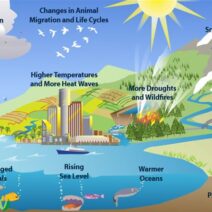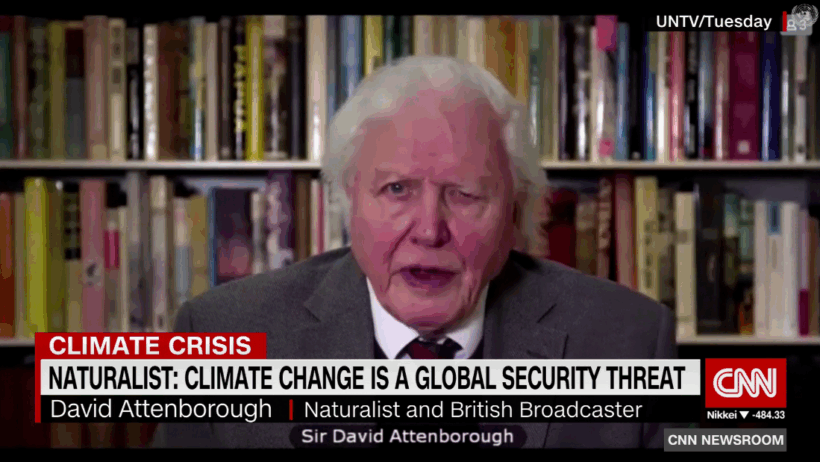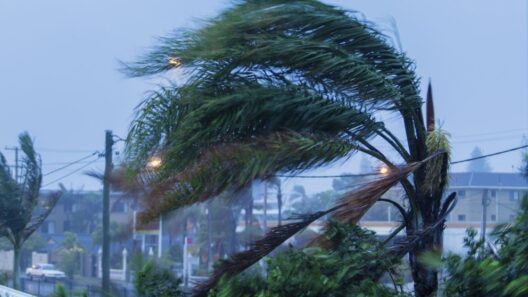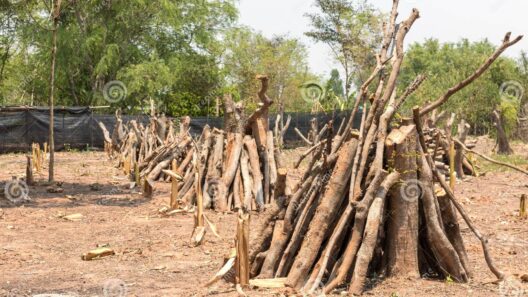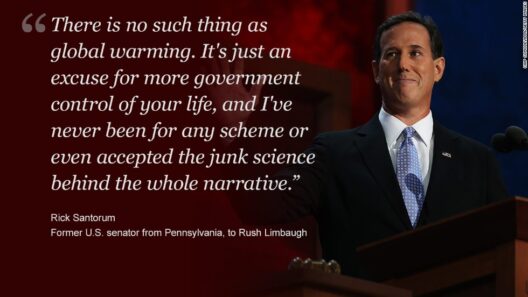In the archipelago of Indonesia, a nation adorned with lush landscapes and bountiful resources, the intricate tapestry of food security is being unraveled by the relentless forces of climate change. As the temperatures rise and weather patterns shift unpredictably, the vulnerability of the agricultural sector exacerbates challenges, turning this utopia of food diversity into a crucible of uncertainty.
Metaphorically speaking, Indonesia can be envisioned as a grand orchestra, where each farmer and fisher plays their part in harmony with nature. However, as climate change introduces dissonant notes—rising sea levels, prolonged droughts, and erratic rainfall patterns—the entire symphony threatens to collapse into chaos. The ramifications of this discord are profound, impacting not only the abundance of food but also the socio-economic fabric of the nation.
The essence of food security in Indonesia lies in its agricultural practices, which rely heavily on a delicate balance of weather, soil quality, and biodiversity. Rice, as a dietary staple, stands as a pillar upon which the population’s nutrition rests. Yet, with rising temperatures and increasing occurrences of pest infestations, rice production is caught in a precarious balance, teetering on the brink of deficit.
Furthermore, coastal fisheries, another vital component of Indonesia’s food supply, are similarly affected. Corals, the vibrant and essential ecosystems that harbor diverse marine life, are succumbing to increased ocean temperatures and acidification. Fish populations, the lifeblood of many coastal communities, are fluctuating unpredictably, compelling fishermen to venture farther into treacherous waters and often return with diminished catches.
This ecological metamorphosis does not occur in isolation; it resonates throughout the economy. Indonesia, known for its rich culinary heritage, faces the reality that traditional crops may become scarce as climate shifts render certain regions inhospitable for cultivation. Such changes threaten the culinary diversity that not only nourishes the body but also represents the cultural identity of its people. Imagine a feast where each dish—a vibrant mix of flavors and colors—is stripped of its key ingredients; it is not merely a loss of food but a loss of heritage, tradition, and community.
Moreover, the rural populace—whose livelihoods depend on agriculture—is encountering a stark paradox: the strain on food production increases the likelihood of poverty and food insecurity among populations that were once self-sufficient. With the specter of hunger looming closer, migrants from rural areas are compelled to seek opportunities in urban centers, thus creating a ripple effect of socio-economic challenges in cities already grappling with their own resource constraints.
As Indonesia grapples with the existential crisis presented by climate change, the need for sustainable practices becomes imperative. Integrative approaches that prioritize resilience and adaptation are crucial in revitalizing agricultural systems. The introduction of climate-smart agriculture—techniques that enhance productivity while reducing greenhouse gas emissions—offers a promising path forward. Crop rotation, agroforestry, and improved irrigation methods can ameliorate some of the vulnerabilities inherent in traditional farming, fostering an environment where farmers can once again thrive amidst uncertainty.
Furthermore, reforestation and coastal restoration initiatives can serve as natural buffers against the imminent threats posed by climate change. Mangroves, for instance, not only provide critical habitats for marine life but also act as protective barriers against storm surges. Such environmental stewardship is essential in ensuring food security, as healthy ecosystems directly correlate to a nation’s ability to sustain its population.
Collaboration with local communities is vital in this quest for resilience. Policymakers must engage with the voices of farmers, fisherfolk, and indigenous communities, utilizing their traditional knowledge and practices as invaluable resources in forming effective strategies. Incorporating local wisdom into climate action plans not only empowers these communities but also fosters a deeper connection to the land and sea they have nurtured for generations.
Education is another cornerstone for reinforcing food security in the face of climate adversity. By equipping the populace with knowledge about sustainable practices and climate adaptation strategies, Indonesia can cultivate a generation of informed citizens who can advocate for and implement change within their communities. Food security should be seen not as a static goal but as a dynamic state, requiring continuous adaptation and learning.
In closing, Indonesia stands at a crossroads, where the intertwining challenges of a warming climate and food security must be addressed with urgency and foresight. Like the threads of a carefully woven fabric, each aspect of sustainability, community engagement, and innovative agricultural practices must coalesce to form a resilient tapestry—the foundation of a secure future for food in this vibrant nation. In the pursuit of solutions, Indonesia can inspire a global movement towards safeguarding food security against the surging tides of climate change. It is not merely a battle for survival; it is a quest for the preservation of culture, identity, and life itself.

